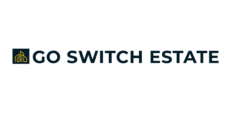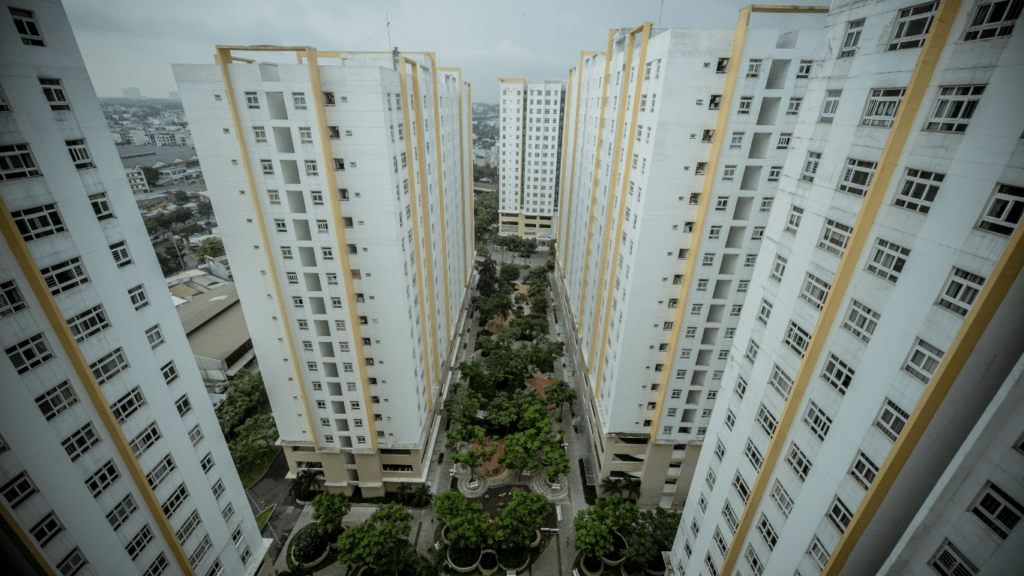The shift towards remote work has revolutionized the way we view residential properties worldwide. As someone who closely follows real estate trends, I’ve witnessed firsthand the significant impact remote work has had on the housing market.
With more people opting for flexible work arrangements, the demand for homes in suburban areas and vacation destinations has surged. In this article, I’ll delve into the intricate relationship between remote work and global residential property trends.
From the rise of co-living spaces to the preference for larger homes with dedicated workspaces, the dynamics of property ownership are evolving rapidly. Join me as we explore how remote work is reshaping the landscape of real estate on a global scale.
Changing Demands in Residential Property Market
Reflecting on the evolving landscape of the residential property market due to the increasing prevalence of remote work, it’s evident that there is a notable shift in the demands and preferences of individuals seeking homes.
With more people opting for flexible work arrangements, the patterns in property choices have adapted to accommodate this new way of working. Exploring the changing demands in the residential property market, we observe a surge in interest for homes situated in suburban or vacation destinations.
The appeal of peaceful surroundings, away from the hustle and bustle of urban centers, has become a top priority for many remote workers. This shift indicates a significant transition towards prioritizing lifestyle and quality of living over proximity to workplaces.
Moreover, there is a growing inclination towards properties that offer ample space and dedicated work areas. Homebuyers are now seeking larger homes with the flexibility to set up home offices or workstations comfortably.
This trend underscores the importance of creating functional spaces within residential properties to cater to the demands of remote work effectively. In adapting to the changing landscape, real estate developers are witnessing an increased demand for co-living spaces that foster community living while providing individual privacy.
These shared accommodations offer a blend of private living quarters and communal amenities, catering to the social needs of remote workers seeking a balance between work and leisure. The evolution of the residential property market in response to the rise of remote work signifies a paradigm shift towards property designs that align with the changing lifestyle preferences of individuals.
As the trend continues to influence the housing market, it’s essential for stakeholders to anticipate and address the evolving demands of remote workers seeking homes that complement their flexible work routines.
Key Factors Influencing Residential Property Trends
- Key Factors Driving Changes: Identify the two critical factors influencing significant shifts in buyer preferences and real estate development due to remote work.
-
Impact on Residential Property Trends: Explore how remote work is reshaping residential property trends and driving changes in buyer behavior and development strategies.
Shift towards Home Offices
The increasing prevalence of remote work has propelled a notable shift towards homes that cater to the need for dedicated workspaces. Buyers are now seeking properties that can accommodate functional home offices to support their flexible work routines.
This demand has sparked a trend where spacious homes with well-designed work areas are highly favored, reflecting the importance of creating productive environments within the comfort of one’s residence.
Rise in Demand for Suburban Properties
The allure of a peaceful and serene environment is driving a surge in demand for suburban properties among buyers embracing remote work opportunities. The desire for larger homes with ample space for both living and working purposes has propelled interest in suburban areas, offering a respite from the bustling urban landscape.
This shift underscores a preference for spacious dwellings in tranquil surroundings, highlighting the growing popularity of suburban living as individuals prioritize a balanced lifestyle amidst the flexibility of remote work arrangements.
Impact of Remote Work on Urban Real Estate Markets
Reflecting on the transformative influence of remote work on urban real estate markets, I observe a notable shift in buyer preferences and property trends. With the increasing acceptance of remote work, individuals are redefining their priorities when it comes to choosing a home, emphasizing lifestyle and quality of living over proximity to traditional workplaces.
This shift in mindset has led to a surge in demand for residential properties in urban areas that offer a blend of functionality and comfort, catering to the evolving needs of remote workers seeking a balanced lifestyle. The demand for urban properties tailored to remote work requirements has intensified, driving developers to create innovative solutions that integrate dedicated workspaces within residential settings.
This trend highlights the importance of adapting to the changing work landscape by providing flexible living spaces that support productivity and work-life balance. By reimagining urban real estate to align with the preferences of remote workers, developers are fostering a new era of property designs that harmonize modern work practices with urban living environments.
One key aspect influencing the urban real estate market is the rising interest in properties that offer multifunctional spaces capable of accommodating remote work setups. Buyers are increasingly seeking homes that provide distinct areas for work and relaxation, illustrating a growing demand for residences that blend comfort with functionality.
This shift towards integrated living and working spaces underscores the need for urban properties to evolve in response to the changing dynamics of remote work. In response to these evolving trends, developers are exploring innovative concepts such as mixed-use developments that combine residential, commercial, and recreational facilities in urban settings.
By creating vibrant and dynamic urban neighborhoods that cater to the diverse needs of remote workers, developers are shaping the future of urban real estate markets to meet the demands of a changing workforce. This proactive approach to urban development demonstrates a commitment to creating sustainable and inclusive communities that resonate with the lifestyle preferences of individuals embracing remote work opportunities.
Future Projections for Residential Property Trends
Looking ahead, the future of residential property trends appears to be shaped by the continued prevalence of remote work. As more individuals opt for flexible work arrangements, the demand for homes in suburban and vacation areas is expected to rise steadily. This shift in buyer behavior suggests a sustained interest in properties that offer peace and tranquility away from urban centers.
One of the key projections for residential property trends is the ongoing preference for larger homes with dedicated workspaces. Homebuyers are likely to prioritize functional layouts that support remote work activities, indicating a continued demand for properties that offer spacious living areas combined with well-designed home offices.
This trend underscores the importance of creating productive environments within residential spaces to cater to the needs of remote workers. In the coming years, the focus on suburban properties is expected to intensify, with buyers seeking homes that provide a balanced lifestyle amidst serene surroundings.
The appeal of spacious residences in suburban and vacation destinations is likely to drive the development of properties designed to offer both comfort and functionality. Developers may increasingly incorporate features that cater to remote work requirements, such as flexible work areas and integrated technology solutions, to align with the evolving preferences of homebuyers.
Furthermore, urban real estate markets are poised to adapt to the changing dynamics influenced by remote work. Properties in urban areas are anticipated to undergo transformations to meet the demand for residences that blend modern conveniences with practical work setups.
The future of urban properties may involve innovative design concepts that cater to the needs of remote workers, including multifunctional spaces and mixed-use developments that provide a comprehensive living experience. The future projections for residential property trends indicate a continued shift towards homes that offer a blend of functionality, comfort, and flexibility to accommodate the evolving demands of remote work.
As the real estate market adapts to the changing preferences of buyers, developers are likely to focus on creating properties that align with the lifestyle choices of individuals embracing remote work, shaping the landscape of residential properties in the years to come.





